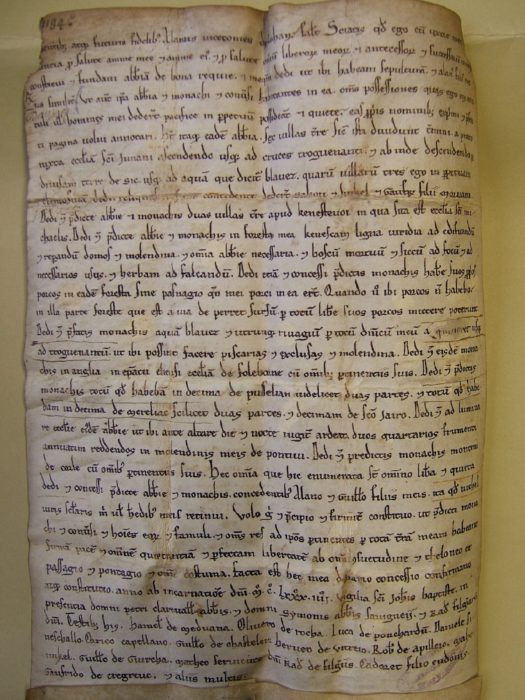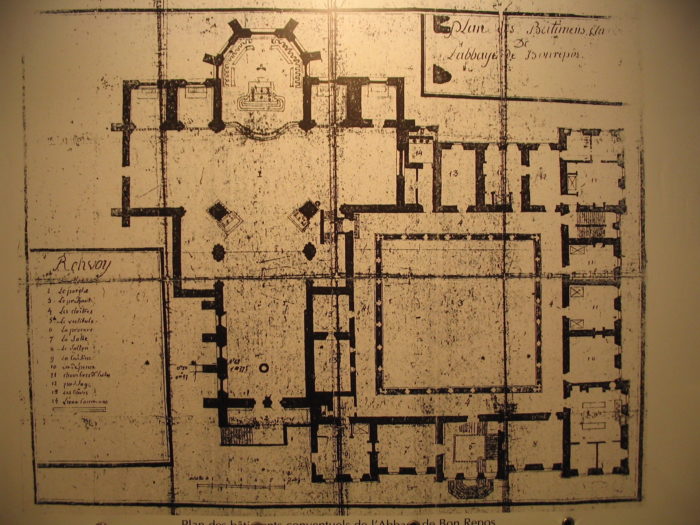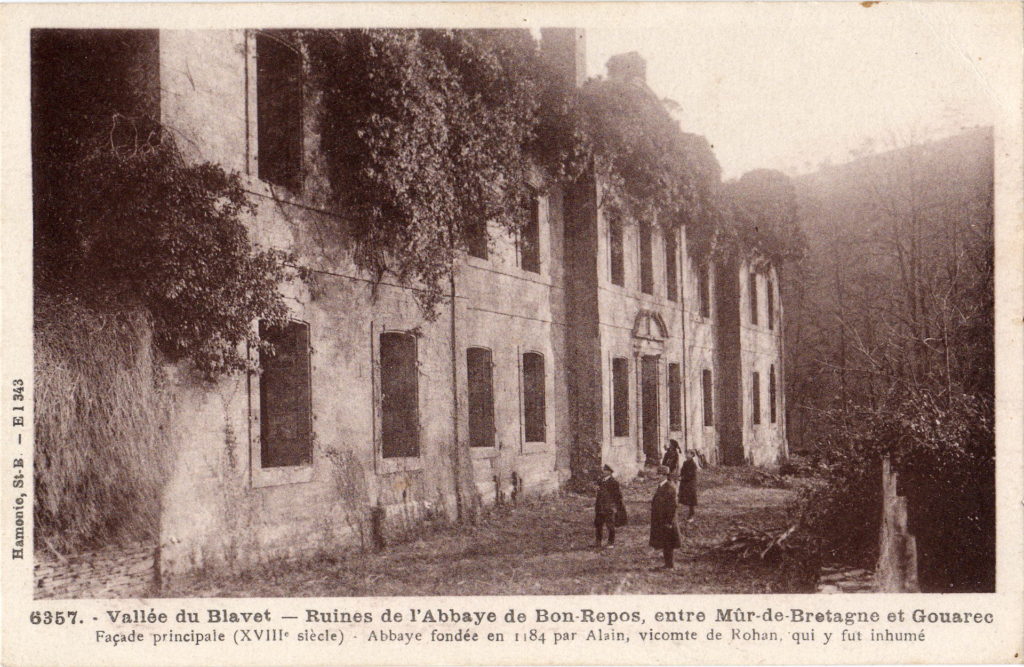According to legend, over 800 years ago, on the edge of Quénécan forest, where the rivers Blavet and Daoulas meet, Viscount Alan III de Rohan fell asleep in the valley following an exhausting hunt.
He was plunged in a deep slumber when the Virgin appeared to him in a dream, urging him to build at that very spot his eternal resting place.
Guided by these words and by his ambition to extend the power and glory of the Rohans, the Viscount and his wife Constance, Duchess of Brittany, drew up the deed of foundation of the abbey, appropriately named “Notre-Dame-de-Bon-Repos”, on 23rd June 1184.
On this same day, an abbot and twelve Cistercian monks took possession of the place.
Renowned for their farming knowledge and their land-clearing practices, these monks increased the value of the land to match the economic ambitions of the Rohans.
The site was indeed well chosen with its plentiful natural resources, wood and water being particularly abundant.


